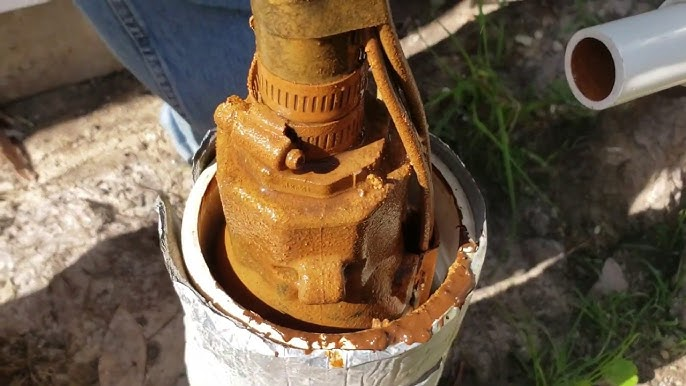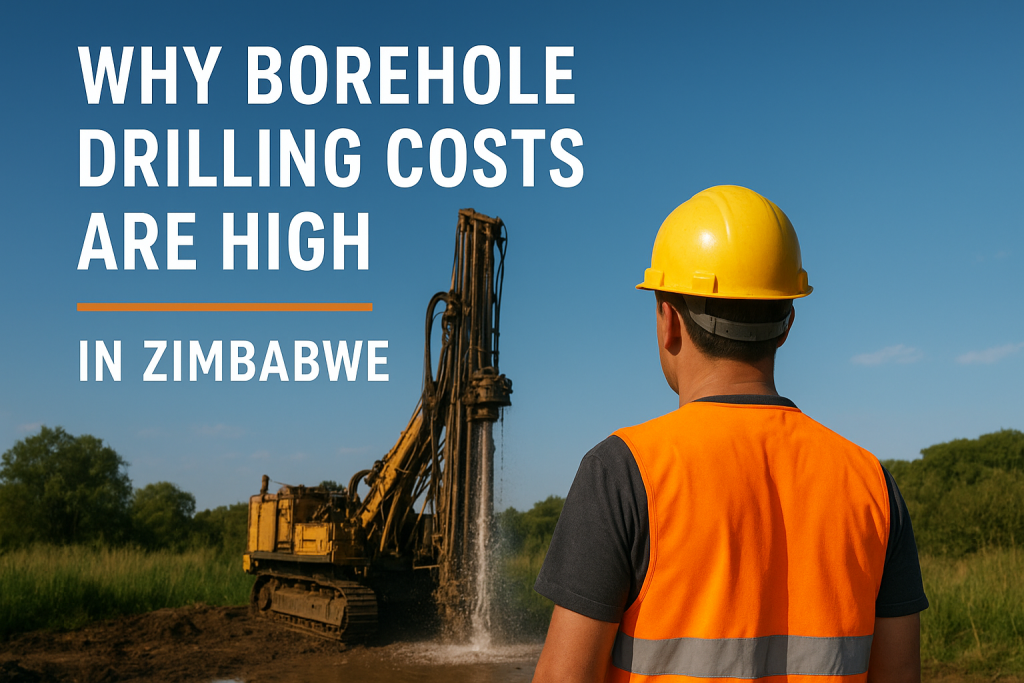For many homes, farms, and businesses in Zimbabwe, a borehole is more than just a water source — it’s a lifeline. However, even the best boreholes are only as good as the pumps that bring water to the surface. When a borehole pump breaks down, the frustration is immediate: no water for drinking, irrigation, livestock, or business operations.

At Ragnarock Drilling, we’ve seen how borehole pump breakdowns can disrupt lives and cost clients money. In this article, we explain why borehole pumps fail, how to prevent breakdowns, and the reliable solutions we provide.
1. Why Borehole Pump Breakdowns Happen
Several issues contribute to pump failure, and understanding them helps you take proactive steps.
a) Poor Installation
Incorrect installation is one of the leading causes of pump failure. If the pump is set at the wrong depth or poorly aligned, it strains the motor and wears out faster.
b) Power Supply Problems
Zimbabwe experiences frequent power cuts and voltage fluctuations. These can burn out the motor or damage electrical components of the pump.
c) Low Water Levels
If the borehole yield is low or seasonal, running the pump when water levels drop can cause it to overheat and break down.
d) Wear and Tear
Like all machines, pumps have moving parts that wear out over time. Sand, silt, and other debris in water accelerate this process.
e) Poor-Quality Pumps
Some clients opt for cheap pumps to cut costs. Unfortunately, low-quality pumps often fail within months, leading to repeated expenses.
2. Signs Your Borehole Pump Is About to Fail
Before a pump stops working completely, there are usually warning signs:
- Water flow is weaker than normal.
- Pump runs but no water comes out.
- Strange noises during operation.
- Higher electricity bills (pump running longer than necessary).
- Frequent tripping of the breaker switch.
Ignoring these signs often results in a costly breakdown.
3. The Real Cost of Pump Breakdowns
Pump failures are not just an inconvenience — they can have serious consequences:
- Households are left without drinking water and sanitation.
- Farmers risk losing crops or livestock during critical periods.
- Businesses face downtime, especially those in construction, hospitality, or manufacturing.
In many cases, the cost of emergency repairs far exceeds regular maintenance.
4. How to Prevent Borehole Pump Breakdowns
The good news is that most pump breakdowns are preventable. Here’s how:
✔ Proper Installation – Work with professionals who understand pump placement, depth, and electrical setup.
✔ Regular Maintenance – Annual servicing keeps pumps in good condition.
✔ Water Level Monitoring – Avoid running the pump dry; invest in sensors.
✔ Quality Equipment – Buy pumps that are durable and backed by warranties.
✔ Surge Protection – Protect pumps from power surges and outages.
5. How Ragnarock Drilling Helps
At Ragnarock Drilling, we don’t just drill boreholes — we provide end-to-end water solutions.
Here’s how we protect clients from pump breakdowns:
- Expert Installation: Our technicians ensure pumps are set correctly for long-lasting performance.
- High-Quality Equipment: We source durable, tested pumps designed for Zimbabwean conditions.
- Maintenance Support: We advise clients on servicing schedules and offer professional inspections.
- Water Testing & Flushing: We reduce silt and sand in boreholes to protect pumps.
- Reliable Power Solutions: We recommend backup systems and surge protectors to safeguard against ZESA outages.
By choosing Ragnarock, you’re choosing a drilling partner that looks beyond the borehole — ensuring your pump delivers reliable water for years to come.
Conclusion
A borehole pump breakdown can be frustrating, expensive, and disruptive. But with the right installation, maintenance, and equipment, it can be avoided.
At Ragnarock Drilling, we combine expertise, quality, and transparency to ensure every borehole we drill provides not just water, but peace of mind.
👉 Don’t wait for your pump to fail. Partner with Ragnarock Drilling for sustainable, reliable water solutions.
📞 Call us today: +263 773 170 592


